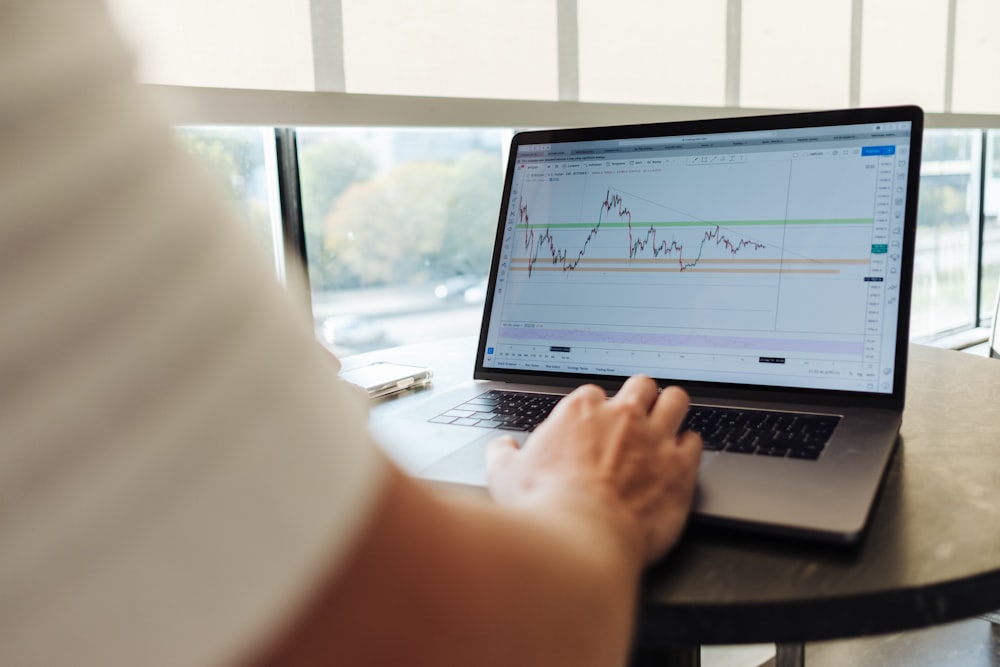

It’s not just your imagination… Natural disasters are happening more frequently.2023 was the most disastrous year on record. According to the National Oceanic and Atmospheric Administration, there were 28 “billion-dollar disasters” in the country last year.Wildfires in the West. Hailstorms in the Heartland. Hurricanes in the South. Flooding in the Northeast. No region was safe from natural disasters.And all that destruction is sending insurance costs through the roof.According to a recent report from the insurance comparison platform Insurify, average homeowners’ insurance rates have increased by 20% over the past two years. And rates are expected to climb another 6% this year.Homeowners in Florida are projected to pay an average of $11,759 this year for insurance. Yikes!At Intelligent Income Daily, we track the biggest trends that have the power to generate reliable income. And when we see a shift like this, we pay attention to where the money is flowing… and how we can claim a piece.Today I’ll show you why insurance rates are increasing so much. And I’ll give you one way to profit from this trend, so you can offset some of these rising costs and keep your wealth growing.
As Natural Disasters Increase, So Do Insurance Rates
Up until the early 2000s, the U.S. typically had three to six “billion-dollar disasters” every year.But that changed in the last decade. Since 2011, there have been no fewer than 10 “billion-dollar disasters” every year.Last year, we hit 28… an all-time high.
And insurance companies are on the hook to pay for most of that damage.For a while, insurance companies thought it was just a fluke. Weather patterns change every year, so it might have just been a run of bad luck. They figured the weather would eventually settle down.But after a decade of increasingly frequent disasters, insurers have had enough. They’re starting to treat this as “the new normal” and expecting disasters to keep occurring more frequently.On top of this, inflation has made things more expensive. The cost of building a house has increased by 43% over the past five years.If insurers want to stay profitable with these new expectations, they must raise rates. A lot.They’re also being more careful with the policies they sell.Some places are becoming “uninsurable” – with no insurance companies willing to even offer a policy. And if they do, rates so high that they’re unaffordable.In Florida, 1 out of 6 homes has to rely on the state-backed “insurer of last resort” because there are no other options. Since 2017, 11 insurance companies in the state have been forced to close.Less competition means the remaining insurance companies can write more profitable policies.That gives those big insurance companies an advantage. They can spread out their risk, so they won’t get wiped out by any one disaster.So homeowners may see higher costs and lower coverage… But as investors, we can profit alongside these last insurers standing.
One Big Insurance Company That Stands to Profit
One company that stands to profit from increasing insurance rates is Chubb Limited (CB).Chubb is the world’s largest publicly traded property and casualty insurance company. It was founded in 1882. So it has more than a century’s worth of experience in insurance.And this experience has helped the company stay consistently profitable even as disasters have increased.An insurance company’s “combined ratio” shows how much of the money it gets through premiums is used to pay claims and run the company.A combined ratio over 100% means the company is losing money on its insurance policies. Insurance companies with lower combined ratios are more profitable.Chubb usually keeps its combined ratio around 90%. And even in years when the company had to pay out more claims due to disasters, its combined ratio has never gone over 100%.
So as insurance rates go up, Chubb can keep its combined ratio low and profits high.The company is a reliable source of growing income – it has raised its dividend every year for the past 30 years. And it’s likely to announce another increase in the next few months.Over the past three years, the S&P has returned 38%. In that same time, Chubb has returned 72%.And Chubb shares are still a good deal. They currently yield 1.3% and are trading at 12x earnings. That’s 14% below their 14x average over the past 10 years.Chubb’s earnings will get a strong boost from rising insurance premiums in the years to come. Combined with a century’s worth of experience, that makes it a great option to help offset rising insurance costs.More By This Author:How To Invest In The Infrastructure AI Relies On To Function
Grow Your Bottom Line As Demand Increases For These Robots
The Right Gold Investment Can Protect Your Portfolio And Offer Safe Returns















